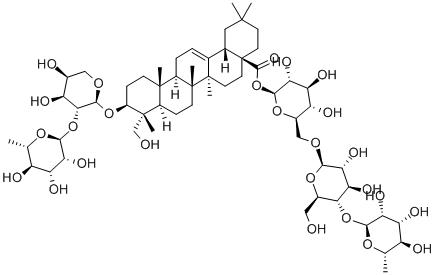-
Categories
-
Pharmaceutical Intermediates
-
Active Pharmaceutical Ingredients
-
Food Additives
- Industrial Coatings
- Agrochemicals
- Dyes and Pigments
- Surfactant
- Flavors and Fragrances
- Chemical Reagents
- Catalyst and Auxiliary
- Natural Products
- Inorganic Chemistry
-
Organic Chemistry
-
Biochemical Engineering
- Analytical Chemistry
- Cosmetic Ingredient
-
Pharmaceutical Intermediates
Promotion
ECHEMI Mall
Wholesale
Weekly Price
Exhibition
News
-
Trade Service
Fraser photinia (
Photinia
�
fraseri
Dress.) is a woody plant of high ornamental value. The traditional propagation system for photinia is by rooting apical cuttings using highly concentrated auxin treatments. However, photinia micropropagation is an effective alternative to traditional in vivo propagation which is affected by the seasonal supply of cuttings, the long time required to obtain new plants, and the difficulties in rooting some clones.
A protocol for in vitro propagation of fraser photinia using the plant growth-promoting ability of some rhizobacteria is described here. Bacterial inoculation is a new tool in micropropagation protocols that improves plant development in in vitro culture. Shoots culture on a medium containing MS macro- and microelements, Gamborg’s vitamins (BM),
N6
-benzyladenine (BA, 11.1 μM), and gibberellic acid (1.3 μM) produce well-established explants. Proliferation on BM medium supplemented with 4.4 μM BA results in four times the number of shoots per initial shoot that develops monthly. Consequently, there is a continuous supply of plant material since shoot production is independent of season.
Azospirillum brasilense
inoculation, after 49.2 μM indole-3-butyric acid pulse treatment, stimulates early rooting of photinia shoots and produces significant increase in root fresh and dry weights, root surface area, and shoot fresh and dry weights in comparison with controls. Furthermore, inoculated in vitro photinia plants show anatomical and morphological changes that might lead to better adaptation in ex vitro conditions after transplanting, compared with the control plants.







